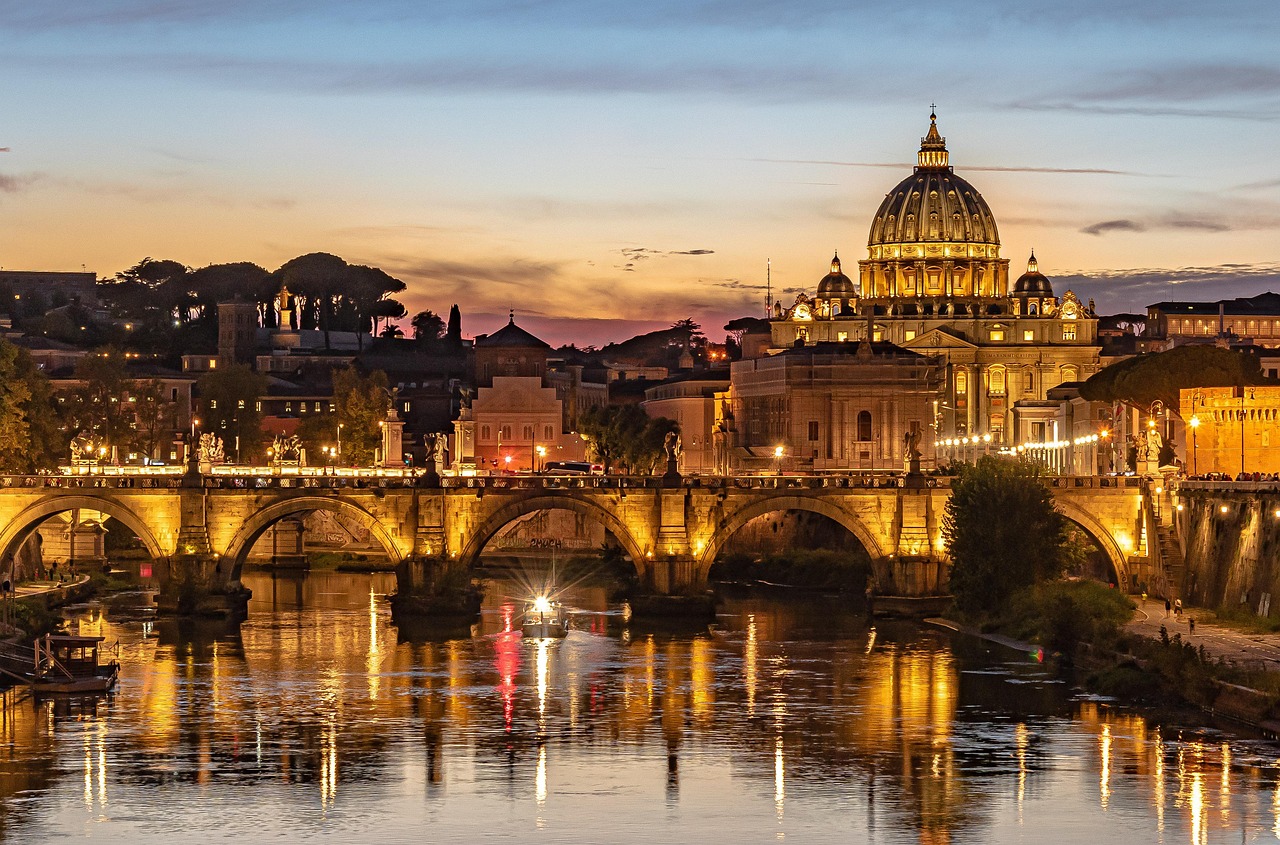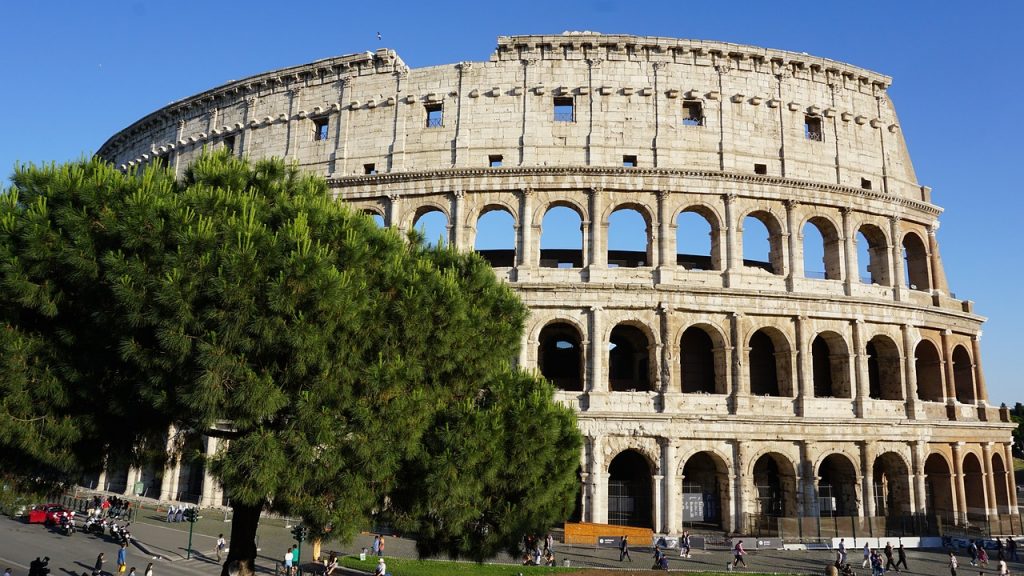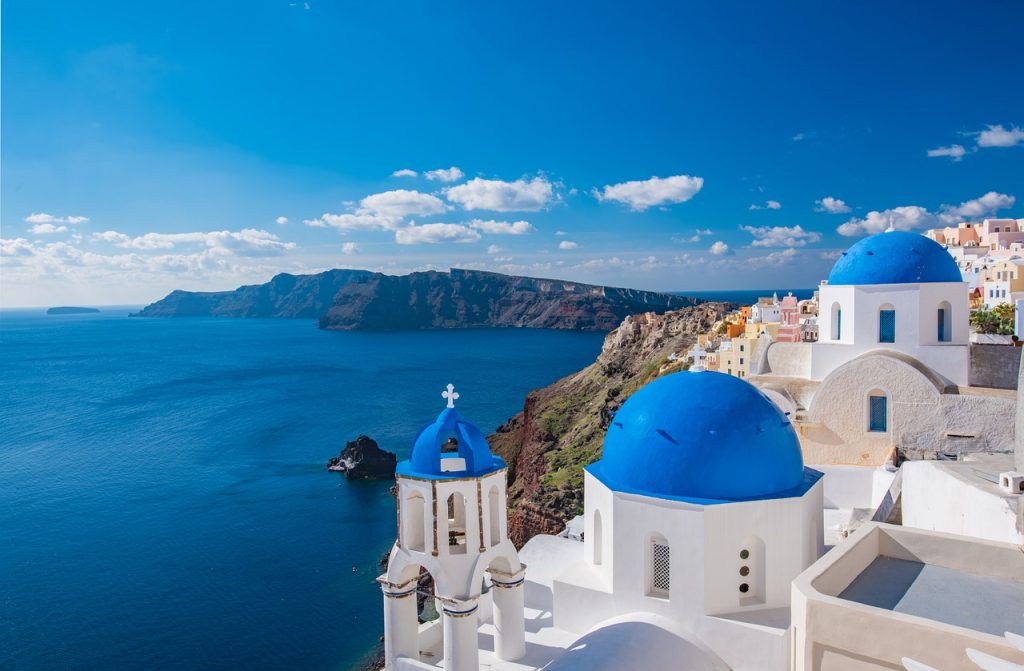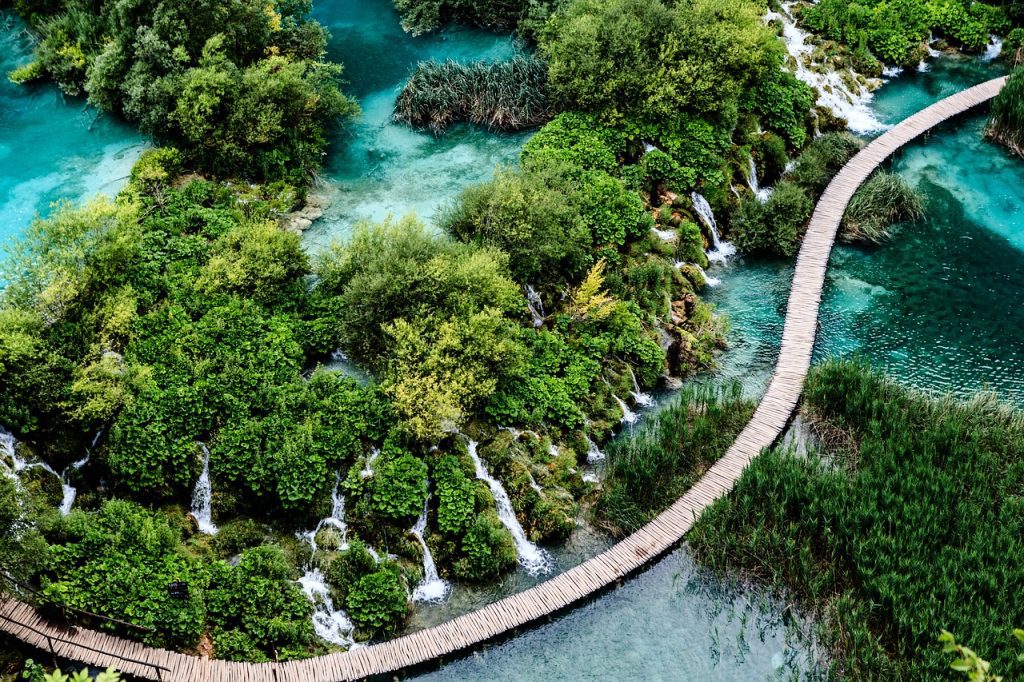Italy is a land of art, history, and delectable cuisine. It offers travelers a taste of la dolce vita. Finding the best time to visit Italy takes consideration. This beautiful country has various factors that affect when is the best time.
From weather and crowds to cultural experiences, let’s explore some key aspects that will help you decide when to embark on your Italian adventure. The best time to go to Italy will vary, but there are some common considerations.
Visiting Italy based on the Weather
Italy’s weather can significantly impact your travel experience. The spring months of April to June and the fall months of September to October offer pleasant temperatures and milder weather.
These seasons are perfect for strolling through charming streets, exploring historic sites, and indulging in outdoor dining. The summer months can get hot and humid.
Italy experiences a diverse climate with distinct seasonal variations. Here’s a description of the seasonal weather in Italy:
1. Spring (March to May):
- Spring temperatures in Italy can range from 50°F (10°C) to 68°F (20°C) in many regions.
- Spring is a pleasant season with mild temperatures, blossoming flowers, and longer daylight hours. It’s an excellent time for outdoor activities and sightseeing.
- The month of May has a high probability of good weather and smaller crowds making it one of the best times to visit Italy.
2. Summer (June to August):
- Italian summers vary, but temperatures generally range from 68°F (20°C) to 95°F (35°C) or higher, especially in the south.
- Summers are hot and sunny, making it the peak tourist season. Coastal areas and islands are popular destinations for beachgoers.
- The summer months can usher in the humidity as well. This is particularly true for coastal cities Rome, Naples, and Venice.
3. Autumn (September to November):
- Autumn temperatures range from 59°F (15°C) to 77°F (25°C) in many parts of Italy.
- Autumn offers pleasant weather, and vineyards come alive with the grape harvest. It’s an ideal time for wine tours and exploring historic sites.
- This is the best time to go to Italy for a more relaxed journey focused on cultural experiences.
4. Winter (December to February):
- Italian winters can vary, with temperatures ranging from 32°F (0°C) to 50°F (10°C) in many regions.
- Coastal areas have milder winters, while mountainous regions in the north experience colder temperatures and snowfall, making them popular for winter sports.
- The coastal areas can be quite nice for leisure activities. You may just need a light jacket or layers as you work into the evening hours.
Other Weather-Related Factors:
- Rainfall: Italy experiences varied rainfall patterns. Northern regions, such as the Italian Alps, receive more rainfall, especially in the fall and spring. The south tends to be drier.
- Alps and Dolomites: The mountainous regions in northern Italy offer excellent skiing conditions in the winter months. These regions are also majestically beautiful with amazing winter landscapes.
Avoiding Extreme Weather:
- Summer Heat: If you’re sensitive to high temperatures, consider visiting Italy during the shoulder seasons (spring and autumn) to avoid the peak of the summer heat. The humidity along the coastal cities can be exhausting.
- Crowds: Popular tourist destinations like Rome, Venice, and Florence can be very crowded during the summer. Travelers seeking a quieter experience may prefer spring or autumn.
- Mountain Travel: If you plan to visit the mountainous regions for winter sports, be prepared for cold temperatures and heavy snowfall.
In summary, the best time to visit Italy depends on your preferences for weather, activities, and avoiding crowds. Summer is popular for beach vacations and outdoor exploration, while spring and autumn offer milder temperatures and cultural experiences.
Winter is ideal for skiing but can be cold in the north. Consider your specific interests and the regions you plan to visit when deciding on the best time for your Italian adventure.
Visiting Italy based on the Crowds
To savor Italy’s treasures without the crowds, consider planning your visit during the shoulder seasons mentioned above. These months offer a more relaxed atmosphere, allowing you to explore famous landmarks and hidden gems with fewer tourists around.
The months of June – August is when the majority of Americans visit creating more crowded areas around the attractions. Summer crowds can also become heavier on days where cruise ships are porting in places like Rome and Naples.
Discovering Italy’s Cultural Experiences
Italy is a treasure trove of cultural delights. To immerse yourself in the local culture, consider attending festivals, art exhibitions, and events that showcase Italy’s rich heritage.
Events like Carnevale in Venice or the Siena Palio are perfect examples of Italian traditions and celebrations. Here are some popular cultural events that may enhance your travel experience:
- Carnevale (Carnival): Held in various cities across Italy, Carnevale is a lively pre-Lenten celebration known for its elaborate masks, costumes, and festive parades. The Venice Carnevale is particularly famous, where locals and visitors alike immerse themselves in the colorful and mysterious atmosphere.
- Venice Biennale: The Venice Biennale is one of the world’s most prestigious contemporary art exhibitions. Held every two years (odd-numbered years), it features works by artists from around the globe and showcases a wide range of artistic mediums.
- Palio di Siena: Twice a year, on July 2nd and August 16th, the historic city of Siena hosts the Palio, a thrilling horse race around Piazza del Campo. This centuries-old tradition is a vibrant display of local pride, culture, and competition.
- Infiorata Festivals: Various towns in Italy celebrate Infiorata, a floral art festival where streets are adorned with intricate designs made from flower petals and other natural materials. This event typically occurs in May or June and is a stunning showcase of creativity.
- Verona Opera Festival: Held in the iconic Arena di Verona, this opera festival takes place from June to August. It features grand productions of renowned operas in a historic setting under the stars.
- Calcio Storico: Florence’s Calcio Storico is a historic sport that blends soccer, rugby, and wrestling. Teams from different neighborhoods compete in traditional costumes to honor the city’s heritage. This unique event takes place in June.
- Festa della Rificolona: Held in Florence on September 7th, this charming festival involves children carrying paper lanterns through the streets, celebrating the eve of the Nativity of the Virgin Mary.
- La Notte Bianca: Various Italian cities hold La Notte Bianca (“The White Night”), an all-night cultural event featuring open museums, galleries, and performances. It’s an opportunity to experience the city’s cultural scene after hours.
- Umbria Jazz Festival: Perugia hosts the Umbria Jazz Festival in July, attracting music enthusiasts from around the world to enjoy a diverse lineup of jazz performances in historic settings.
- Truffle Festivals: Various regions in Italy celebrate truffle festivals, such as the Alba White Truffle Festival. These events celebrate the exquisite flavors of truffles and offer culinary experiences unique to each region.
These annual cultural experiences and events offer travelers a chance to immerse themselves in Italy’s vibrant heritage and artistic spirit. Be sure to research event dates and locations before your visit to make the most of your cultural exploration in Italy.
Other Important Considerations:
- Peak Tourist Season: Keep in mind that July and August are peak tourist months, with many Italians going on vacation as well. While this period offers sunny days, it also comes with larger crowds and higher prices.
- Local Holidays: Be aware of local holidays and closures, as they can impact your travel plans. Ferragosto, for instance, is a major Italian holiday in mid-August, and many businesses may close during this time.
- Regional Variations: Italy’s climate and tourist patterns can vary from region to region. The southern regions generally have milder winters, while the north experiences more pronounced seasonal changes.
- Art and Museum Hours: Check the opening hours of museums, galleries, and historical sites. Some attractions may have limited hours or be closed on specific days.
- Cuisine and Wine: If you’re a food and wine enthusiast, consider visiting during harvest seasons, such as September for grape harvesting. You’ll have the chance to indulge in fresh, local produce and experience wine-related events.
- Local Events: Research local events, exhibitions, and performances that align with your interests. This can enhance your travel experience by allowing you to engage with the local cultural scene.
In conclusion, the best time to visit Italy hinges on your preferences and the experiences you seek. Whether you’re drawn to historical sites, vibrant cultural events, or savoring authentic Italian cuisine, Italy has something to offer year-round.
By evaluating these factors, you’ll be well-prepared to create lasting memories during your Italian escapade. The best time to go to Italy is probably in either May or September. These months should be comfortable temperatures and fewer crowds.
Photo Credits:
Image by Nimrod Oren from Pixabay





